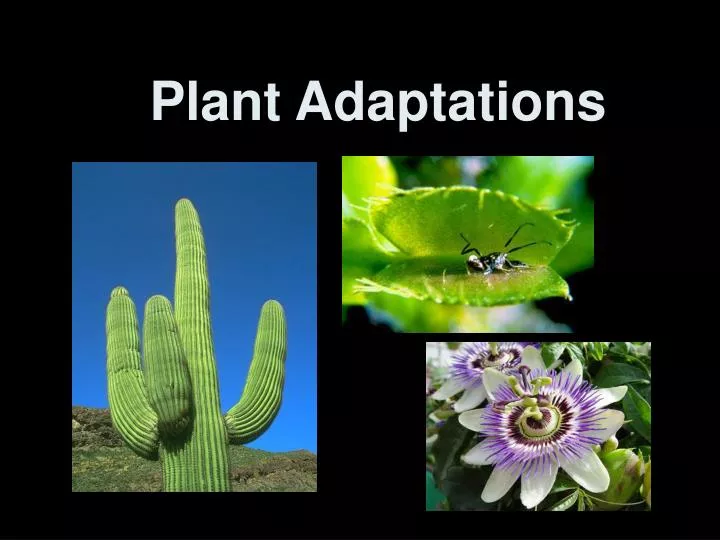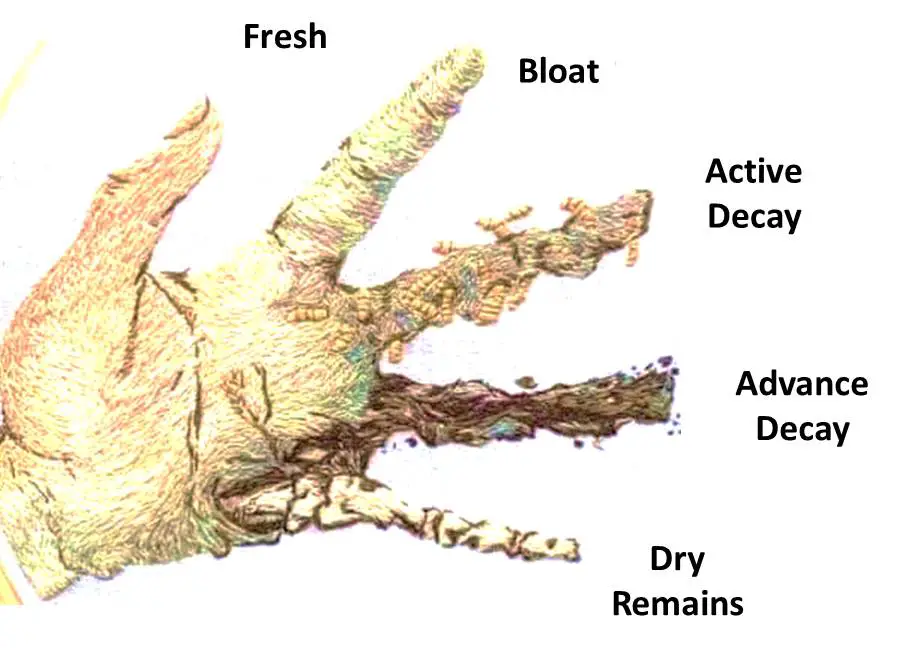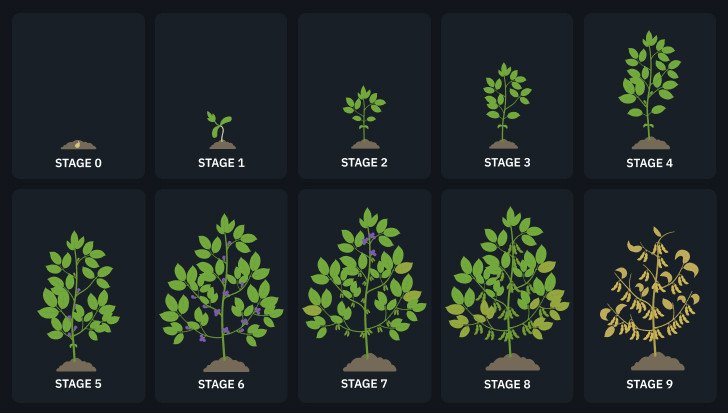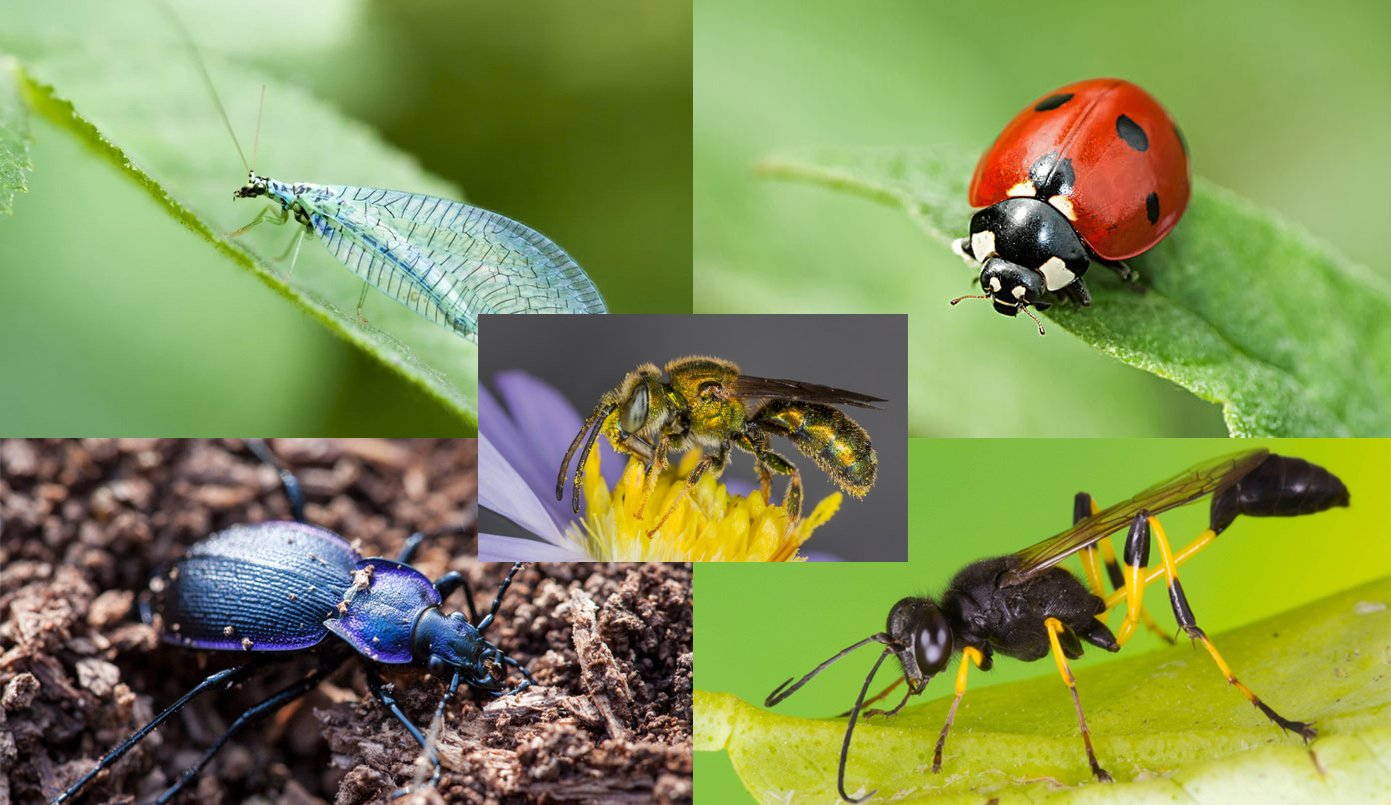
Unveiling Plant Stress Adaptations: How Flora Thrive Against Adversity
The world of plants, often perceived as serene and still, is a realm of constant challenges. From the scorching sun to the biting cold, from nutrient-poor soils to relentless pests, plants face a barrage of stressors that threaten their survival. Yet, these silent sentinels of the natural world are not defenseless. Over millennia, they’ve evolved a remarkable arsenal of adaptations, intricate strategies that allow them to not just survive, but often, to flourish in the face of adversity. This article delves deep into the fascinating world of plant stress adaptations, exploring the diverse ways plants cope with and overcome environmental challenges.
Understanding Plant Stress: The Foundation of Adaptation
Before we can appreciate the ingenuity of plant adaptations, we need to understand the nature of the stressors they face. Plant stress can be broadly categorized into two main types: abiotic and biotic. Abiotic stresses are non-living environmental factors, while biotic stresses involve living organisms.
Abiotic Stressors: The Unforgiving Elements
- Water Stress: This encompasses both drought (lack of water) and flooding (excess water). Water is fundamental to plant life, and fluctuations in its availability pose significant challenges.
- Temperature Stress: Extreme temperatures, both heat and cold, can damage plant tissues and disrupt vital processes.
- Light Stress: Both too much and too little light can be detrimental. Intense sunlight can cause photoinhibition, while insufficient light limits photosynthesis.
- Nutrient Stress: Lack of essential nutrients in the soil, such as nitrogen, phosphorus, and potassium, can stunt growth and development.
- Salinity Stress: High salt concentrations in the soil can draw water out of plant cells and disrupt nutrient uptake.
- Heavy Metal Stress: Exposure to heavy metals like lead and cadmium can be toxic to plants, interfering with various cellular processes.
- Oxidative Stress: This happens when there are too many reactive oxygen species (ROS) inside a plant. They are like little bombs that can damage cells if there’s too much of them.
Biotic Stressors: The Living Threats
- Herbivores: Animals that eat plants, from insects to mammals, can cause significant damage.
- Pathogens: Bacteria, fungi, viruses, and nematodes can infect plants, causing diseases.
- Competition: Plants compete with each other for resources like light, water, and nutrients.
These stressors act as selective pressures, driving the evolution of adaptations that enhance plant survival and reproduction. Plants that are better equipped to cope with these challenges have a higher chance of passing on their genes, leading to the prevalence of stress-tolerant traits over generations.
Adaptations to Water Stress: Thriving in Drought and Flood
Water stress is perhaps the most pervasive environmental challenge for plants. Adaptations to water stress are diverse and often remarkably effective.
Drought Adaptation: Surviving the Dry Spell
- Xerophytes: Plants adapted to arid environments are called xerophytes. They employ a range of strategies to conserve water.
- Reduced Leaf Surface Area: Some plants have small leaves or modified leaves, like spines, to minimize water loss through transpiration.
- Thick Cuticle: A waxy coating on the leaves, called the cuticle, acts as a barrier to water evaporation.
- Sunken Stomata: Stomata, the pores on leaves that allow for gas exchange, can be recessed below the leaf surface to reduce water loss.
- Deep Root Systems: Many drought-tolerant plants have extensive root systems that can reach deep into the soil to access water.
- Water Storage: Some plants, like cacti, store water in their stems or leaves.
- Dormancy: During periods of extreme drought, some plants enter a dormant state, reducing their metabolic activity until water becomes available.
- Crassulacean Acid Metabolism (CAM) Photosynthesis: This unique photosynthetic pathway allows plants to open their stomata at night, when the air is cooler and drier, minimizing water loss.
Flood Adaptation: Breathing Underwater
- Aerenchyma: Specialized tissues with large air spaces that allow oxygen to diffuse to the roots, even in flooded conditions.
- Adventitious Roots: Roots that develop above the water level to absorb oxygen.
- Pneumatophores: Specialized roots that grow upwards from the water to obtain oxygen (e.g., mangroves).
- Tolerance to Anaerobic Conditions: Some plants can tolerate the lack of oxygen in flooded soils by switching to anaerobic respiration.
Adaptations to Temperature Stress: Withstanding Heat and Cold
Temperature fluctuations can be incredibly damaging to plants, affecting enzyme activity, cell membrane integrity, and overall metabolic processes. Plants have evolved various mechanisms to cope with both heat and cold stress.
Heat Stress Adaptation: Beating the Heat
- Heat-Shock Proteins (HSPs): These proteins are produced in response to high temperatures and help protect other proteins from denaturation.
- Evaporative Cooling: Plants can cool themselves through transpiration, where water evaporates from the leaves, providing a cooling effect.
- Leaf Orientation: Some plants can orient their leaves to minimize exposure to direct sunlight.
- Thick Cuticle: A thicker cuticle can help reflect sunlight and reduce heat absorption.
Cold Stress Adaptation: Surviving the Freeze
- Cold Hardening: Plants can gradually acclimate to cold temperatures by producing protective compounds and altering cell membrane composition.
- Antifreeze Proteins: These proteins prevent ice crystal formation in cells, protecting them from damage.
- Dormancy: Many plants enter a dormant state during winter to reduce their metabolic activity and conserve energy.
- Leaf Senescence: Some plants shed their leaves before winter to reduce water loss and energy expenditure.
Adaptations to Light Stress: Managing the Sun’s Intensity
Light is essential for photosynthesis, but excessive or insufficient light can be problematic. Plants have developed strategies to manage the intensity of light they receive.
High Light Adaptation: Coping with Excess
- Leaf Pigments: Plants can produce pigments, such as carotenoids and anthocyanins, that absorb excess light energy and protect against photoinhibition.
- Leaf Orientation: Similar to heat stress, some plants can adjust their leaf orientation to minimize light absorption.
- Thick Cuticle: A thick cuticle can also help reflect excess light.
Low Light Adaptation: Making the Most of Scarcity
- Larger Leaf Area: Plants in low-light environments often have larger leaves to maximize light capture.
- Chloroplast Arrangement: Chloroplasts, the sites of photosynthesis, can move within cells to optimize light absorption.
- Shade Tolerance: Some plants are adapted to grow in the shade, with specialized photosynthetic pathways that are efficient at low light intensities.
Adaptations to Nutrient Stress: Scavenging for Sustenance
Nutrient deficiencies can severely limit plant growth and productivity. Plants have evolved several strategies to acquire and utilize scarce nutrients.
- Efficient Root Systems: Extensive root systems can explore a larger volume of soil to find nutrients.
- Mycorrhizae: Symbiotic relationships with fungi that help plants absorb nutrients, particularly phosphorus.
- Carnivorous Plants: Some plants, like the Venus flytrap, trap and digest insects to obtain nutrients, particularly nitrogen, in nutrient-poor environments.
- Nutrient Uptake Mechanisms: Plants have specific transport proteins in their root cells that facilitate the uptake of nutrients.
- Nutrient Use Efficiency: Some plants are adapted to use nutrients more efficiently, minimizing the amount needed for growth and development.
Adaptations to Salinity Stress: Surviving in Salty Environments
High salt concentrations in the soil can draw water out of plant cells and disrupt nutrient uptake. Plants have developed a range of mechanisms to cope with salinity.
- Salt Exclusion: Some plants prevent salt from entering their roots.
- Salt Secretion: Some plants have salt glands that secrete excess salt from their leaves.
- Salt Accumulation: Some plants accumulate salt in their vacuoles, protecting their cytoplasm from salt damage.
- Osmotic Adjustment: Plants can produce solutes to maintain water balance in the presence of high salt concentrations.
Adaptations to Heavy Metal Stress: Detoxifying the Soil
Heavy metals are toxic to plants, interfering with various cellular processes. Plants have evolved mechanisms to minimize the effects of heavy metal exposure.
- Metal Exclusion: Some plants prevent heavy metals from entering their roots.
- Metal Chelation: Plants can produce compounds that bind to heavy metals, making them less toxic.
- Metal Accumulation: Some plants accumulate heavy metals in their tissues, often in the leaves, where they can be removed.
- Phytoremediation: The use of plants to clean up contaminated soil is a promising application of these adaptations.
Adaptations to Biotic Stress: Defending Against Threats
Plants face a constant barrage of attacks from herbivores, pathogens, and competing plants. They have evolved a diverse array of defenses to protect themselves.
Herbivore Defense: Fending Off Predators
- Physical Defenses: Thorns, spines, trichomes (hairs), and tough leaves deter herbivores from feeding.
- Chemical Defenses: Plants produce a wide range of chemicals, such as toxins and repellents, that make them unpalatable or harmful to herbivores.
- Indirect Defenses: Plants can attract predators or parasites of herbivores, providing an indirect defense.
Pathogen Defense: Fighting Infections
- Physical Barriers: The cuticle, cell walls, and bark provide a physical barrier against pathogens.
- Chemical Defenses: Plants produce antimicrobial compounds, such as phytoalexins, to combat infections.
- Induced Systemic Resistance (ISR): Plants can activate their immune systems in response to pathogen attack, providing protection against future infections.
- Hypersensitive Response (HR): Plants can kill cells around the infection site to contain the spread of the pathogen.
Competition Defense: Outcompeting Rivals
- Allelopathy: Some plants release chemicals into the soil that inhibit the growth of neighboring plants.
- Rapid Growth: Plants can grow rapidly to outcompete their neighbors for light and resources.
- Efficient Resource Acquisition: Plants can develop efficient root systems and nutrient uptake mechanisms to gain an advantage in resource competition.
The Evolutionary Significance of Plant Stress Adaptations
Plant stress adaptations are a testament to the power of natural selection. These adaptations have allowed plants to colonize and thrive in a vast array of environments, from the driest deserts to the coldest arctic regions. Understanding these adaptations is not only fascinating from a scientific perspective, but it also has important implications for agriculture, conservation, and climate change research.
By studying plant adaptations, we can:
- Improve Crop Production: Identify and breed crop varieties that are more tolerant to environmental stresses, leading to increased yields and food security.
- Develop Sustainable Agricultural Practices: Understand how plants cope with stress can help us develop sustainable farming methods that minimize the use of water, fertilizers, and pesticides.
- Protect Biodiversity: Understand the factors that contribute to plant survival in different environments can help us protect endangered species and conserve biodiversity.
- Address Climate Change: Researching plant adaptations can help us understand how plants will respond to climate change and develop strategies to mitigate its effects.
The Future of Plant Stress Research
The field of plant stress adaptation is constantly evolving. Researchers are using advanced technologies, such as genomics, proteomics, and metabolomics, to further understand the molecular mechanisms underlying plant stress responses. This research holds great promise for developing new strategies to improve crop production, protect biodiversity, and address the challenges of climate change. Some areas of active research include:
- Understanding the role of genes and gene regulation in stress tolerance.
- Identifying and characterizing new stress-related proteins and metabolites.
- Developing new breeding techniques to enhance stress tolerance in crops.
- Exploring the potential of plant-microbe interactions to enhance stress tolerance.
- Investigating the impact of climate change on plant stress responses.
The more we learn about plant stress adaptations, the better equipped we will be to protect these vital organisms and ensure a sustainable future for ourselves and the planet. Plants are the foundation of most ecosystems, and understanding how they thrive under pressure is crucial to understanding the world around us.
Conclusion: Celebrating the Resilience of Plants
Plant stress adaptations are a remarkable demonstration of the power of evolution. These intricate strategies allow plants to thrive in some of the most challenging environments on Earth. From the tiny xerophytes clinging to life in the desert to the towering trees enduring the harsh winters, plants are a testament to resilience and adaptability. By continuing to study these adaptations, we can not only appreciate the beauty and complexity of the natural world but also develop innovative solutions to address the challenges facing our planet. The silent resilience of plants offers us a valuable lesson: even in the face of adversity, life finds a way.



